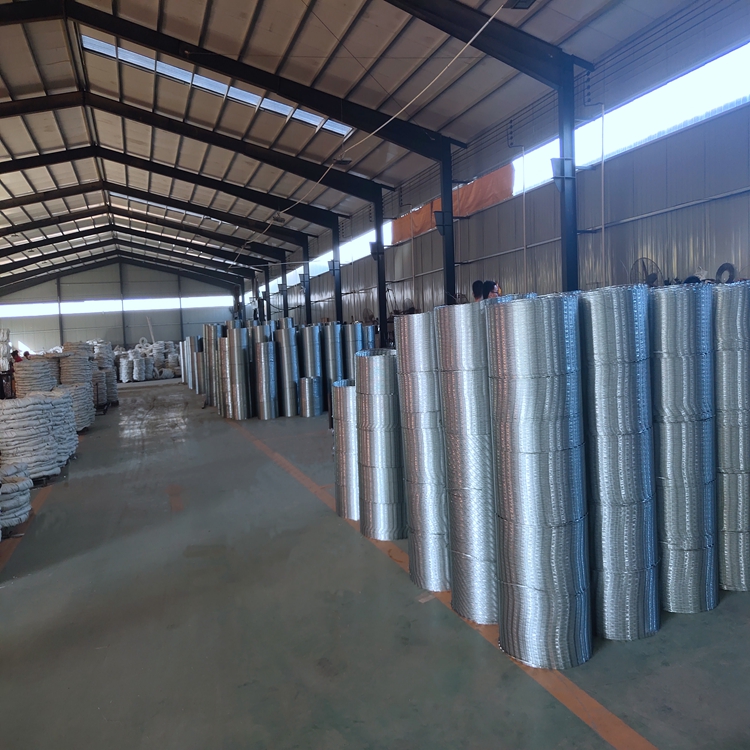retaining walls gabion
Understanding Gabion Retaining Walls A Practical Solution for Erosion Control
Gabion retaining walls have gained significant popularity in civil engineering and landscaping due to their unique design, environmental benefits, and functional effectiveness. A gabion wall is constructed using wire mesh baskets filled with rocks, stones, or other materials. These walls serve essential roles in controlling erosion, managing water flow, and providing structural support.
One of the primary advantages of gabion retaining walls is their ability to adapt to various terrains and environments. Unlike traditional concrete walls, which can be rigid and less forgiving, gabions can flex and shift slightly without compromising their structural integrity. This flexibility makes them ideal for areas with unstable soil or where ground movement is a concern.
Understanding Gabion Retaining Walls A Practical Solution for Erosion Control
Additionally, gabions are highly permeable, allowing water to drain through while still providing support. This characteristic prevents the buildup of hydrostatic pressure behind the wall, which can be a major cause of failure in traditional retaining walls. Proper drainage is crucial in ensuring the longevity and effectiveness of any retaining structure, making gabions an excellent choice for wet or damp conditions.
retaining walls gabion

Aesthetic appeal is another factor that contributes to the popularity of gabion retaining walls. The natural appearance of the rock-filled baskets integrates harmoniously with the environment, making them an attractive solution for gardens, parks, and other landscaped areas. Homeowners and landscape designers often appreciate the rustic look of gabions, which can be further enhanced with lush vegetation growing around or within the structure.
From a construction perspective, gabion retaining walls offer practical benefits as well. They are relatively easy and quick to install compared to concrete walls. The materials used—wire meshes and stones—are generally affordable and widely available. This cost-effectiveness, combined with the reduced need for heavy machinery during installation, makes gabions an economically viable option for many projects.
However, it's important to consider proper design and construction techniques when implementing gabion retaining walls. Although they are designed to be durable, inadequate installation or poor-quality materials can lead to issues over time. It is crucial to ensure that the base is well-prepared and that the stones used to fill the baskets are clean and appropriately sized.
In conclusion, gabion retaining walls represent an innovative solution to many challenges associated with erosion control, structural support, and environmental sustainability. Their versatility, natural aesthetic, and functional benefits make them a preferred choice for engineers, landscapers, and homeowners alike. As we continue to address the impacts of climate change and environmental degradation, gabion walls may play an increasingly important role in our landscape management strategies.
-
The Durability and Versatility of Steel Wire
NewsJun.26,2025
-
The Best Iron Nails for Your Construction Projects
NewsJun.26,2025
-
Strengthen Your Projects with Durable Metal Stakes
NewsJun.26,2025
-
Get the Job Done Right with Duplex Nails
NewsJun.26,2025
-
Explore the Versatility and Strength of Metal Mesh
NewsJun.26,2025
-
Enhance Your Security with Razor Wire
NewsJun.26,2025














